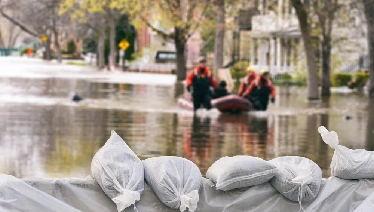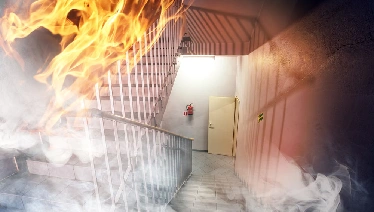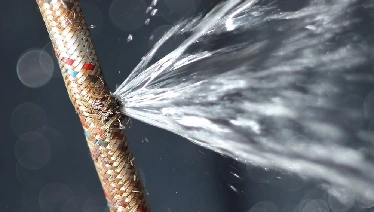Efficient and secure restoration following fire and smoke damage is vital for minimizing both structural and health hazards associated with such incidents. To achieve this, a series of essential steps must be taken.
To begin, the utmost priority should be the immediate safety of everyone involved. Evacuating the affected area and ensuring that no one is in harm's way or exposed to harmful substances is paramount. Once safety has been established, it becomes necessary to reach out to relevant authorities, including the fire department and insurance provider, to document the incident and initiate the claims process.
Following the initial assessment and approval from authorities, it’s important to secure the property. This involves measures such as boarding up damaged windows and doors to prevent unauthorized entry and further harm. Moreover, shutting off utilities like gas, electricity, and water is crucial to minimize additional risks.
With the property secured, a comprehensive evaluation of fire and smoke damage should be carried out. This entails identifying areas in need of cleaning, repair, or replacement. Proper assessment of damaged belongings and possessions is equally important, as they might be salvageable through appropriate restoration techniques.
The next phase involves the removal of debris, ash, and soot, which should be handled by professionals equipped with the necessary safety gear and cleaning materials. Addressing persistent smoke odors may require specialized equipment like air purifiers and ozone generators.
Once the cleaning is complete, structural repairs and restoration should follow. This may include rebuilding damaged walls, ceilings, and floors, along with repairing or replacing electrical, plumbing, and HVAC systems. The ultimate aim is to restore the property to its pre-fire condition, ensuring both safety and functionality.
Throughout the restoration process, meticulous documentation is essential for insurance claims and future reference. Proper record-keeping fosters transparency and facilitates reimbursement for incurred expenses. Lastly, preventive measures, such as installing fire-resistant materials, smoke detectors, and fire extinguishers, should be put in place to mitigate the risk of future fires.




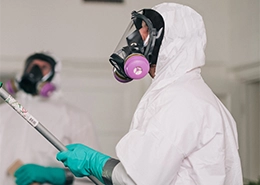

.webp)
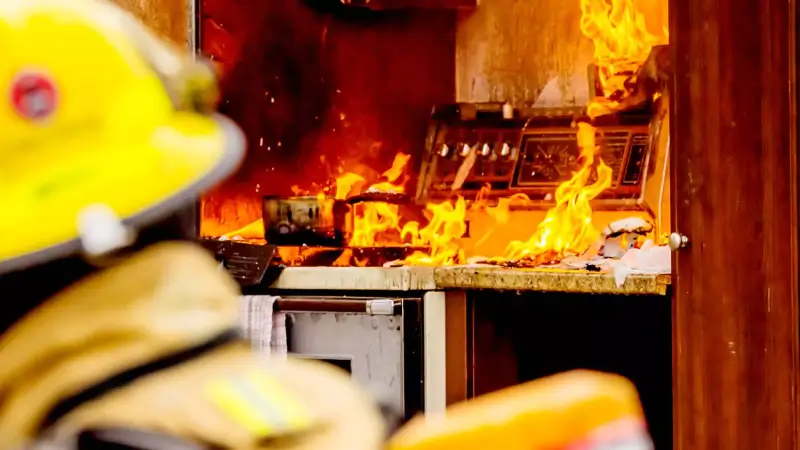
.webp)
